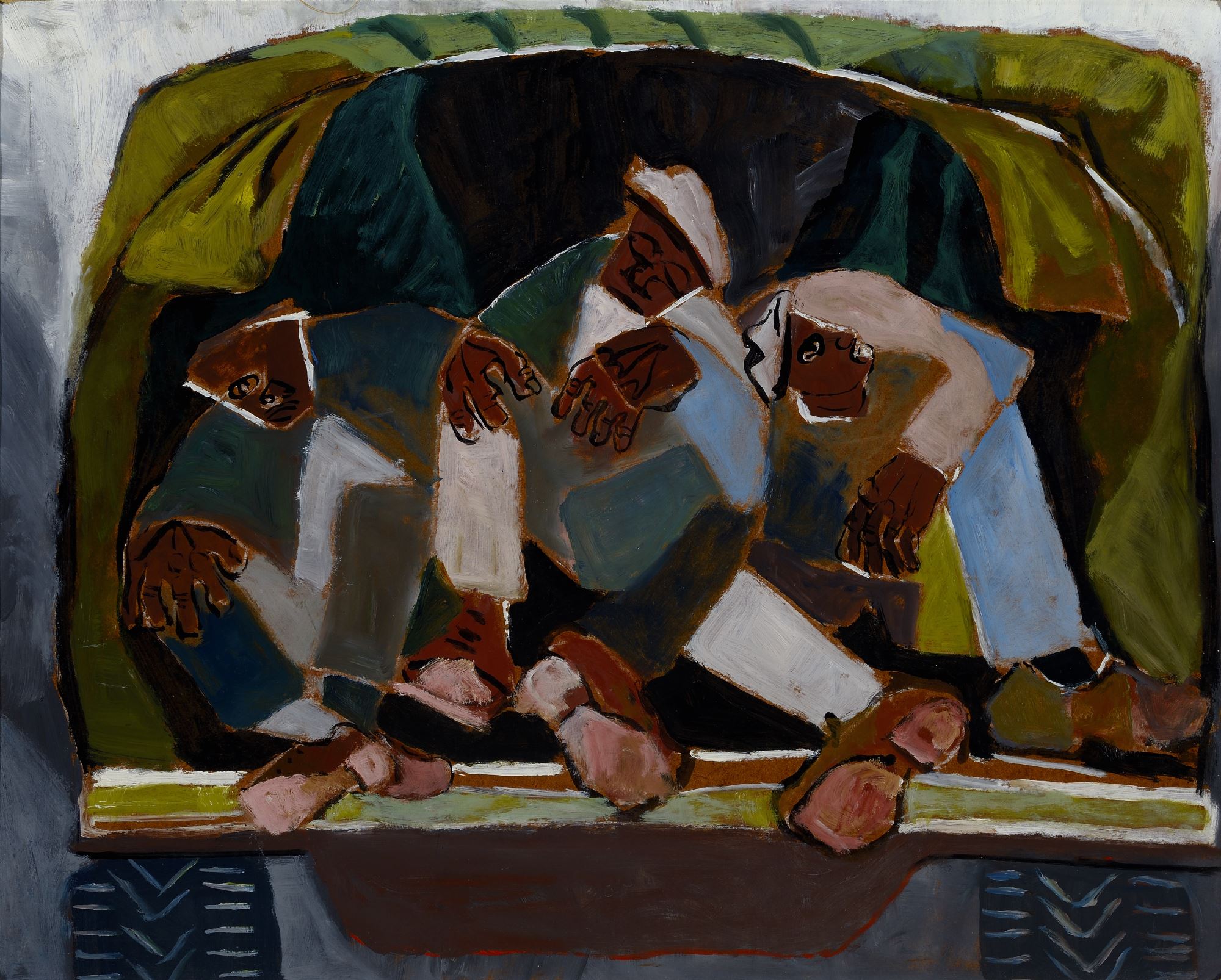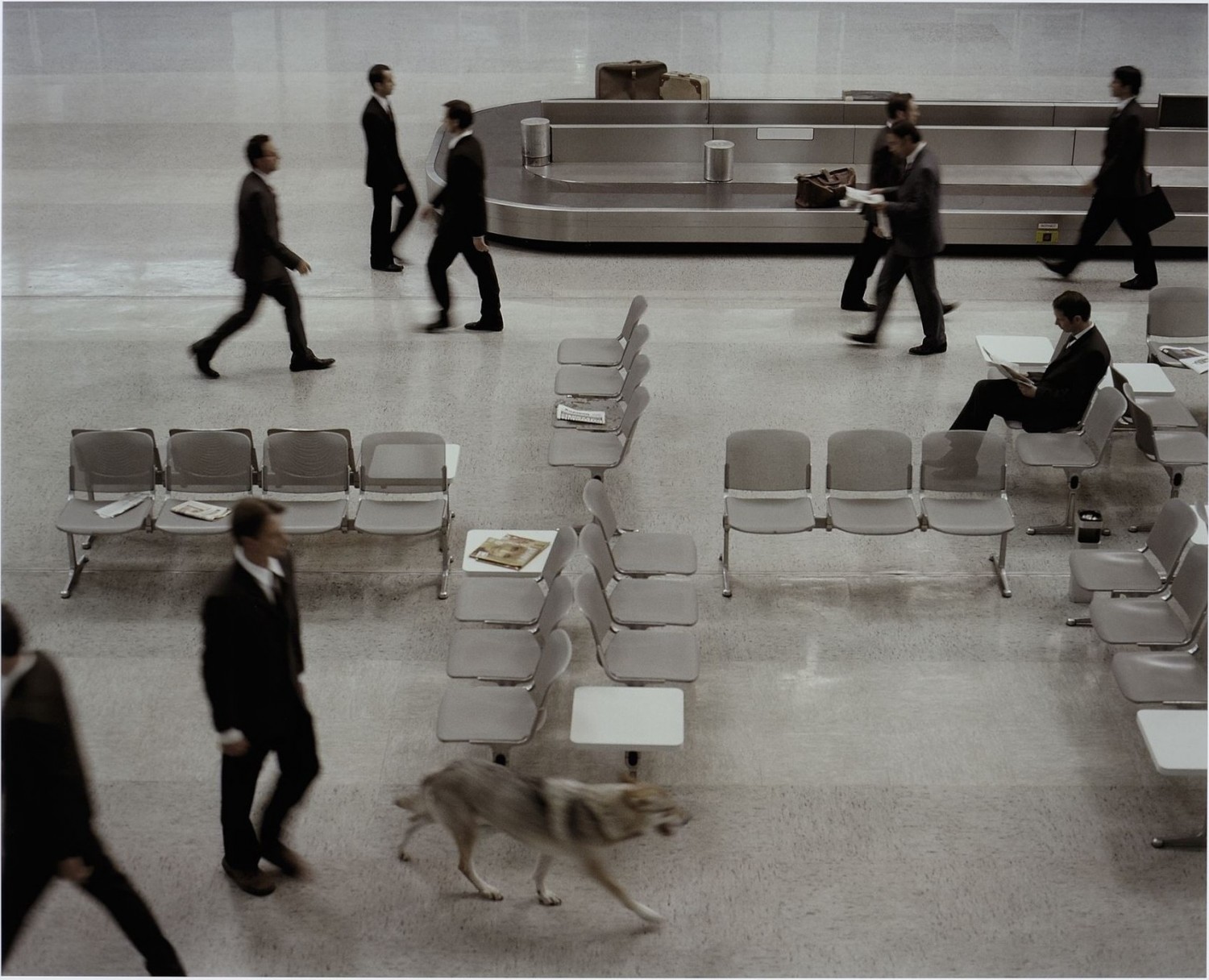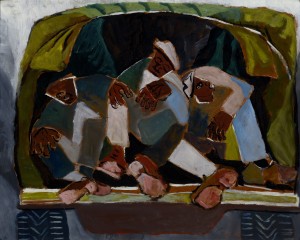Lesson Plan
Day 1
Introduction/Prior Knowledge
Review what being an active listener is and what it looks like.
Put the blank chart paper up with “who/what/where/why/when/how.”
Discuss and define each vocabulary word, filling out the chart.
Direct Instruction
After definitions are acquired, put up the other chart paper grid.
Show class one of the artwork images. Discuss what the class sees and notices using VTS:
- What’s going on in this picture?
- What do you see that makes you say that?
- What more can we find?
As necessary, ask open-ended followup questions to flesh out details of the artwork’s setting and subjects. Some example questions might be:
- Does this setting look like any place you have been before?
- If you were in this artwork, what else would you see? What would you hear? Smell?
- What more can we infer about this character based on what we see?
Fill out the chart based on their responses to the image.
Repeat the process for the other two images, then talk about how looking closely at each picture can help us answer all of these question words. Every artwork answers these questions in different ways, and each question can have more than one answer.
Returning to one of the works of art, discuss how the picture could change if one of the elements—who, what, where, when, why, or how—changes.
Review anything new or interesting that was learned.
Day 2
Review what being an active listener is and what it looks like.
Review the images and the chart with the students, then review the vocabulary and terms.
Introduce Grandpa and Bo by Kevin Henkes. Remind the students to be active listeners.
Inform the students that they will have an opportunity to talk with a partner and that after that they will work independently.
Read the story aloud, then have the students turn and talk about who, what, where, when, why, and how.
Come back as a whole class and provide feedback of what was noticed in partner conversations.
Day 3
Review vocabulary and chart paper.
Review Grandpa and Bo and have students recall what they remember.
Guided Practice / Application
Pass out the graphic organizer.
Have students fill out the “who, what, where, when, why, and how” of what they remember, but tell them that they will have a chance to continue filling in the graphic organizer as you re-read the story.
Re-read Grandpa and Bo and have students continue filling in the graphic organizer.
After reading, give the students an opportunity to share. Talk about different answers and encourage students to justify their answers, much like you did with the artwork you viewed on day 1.
Collect the graphic organizers.





